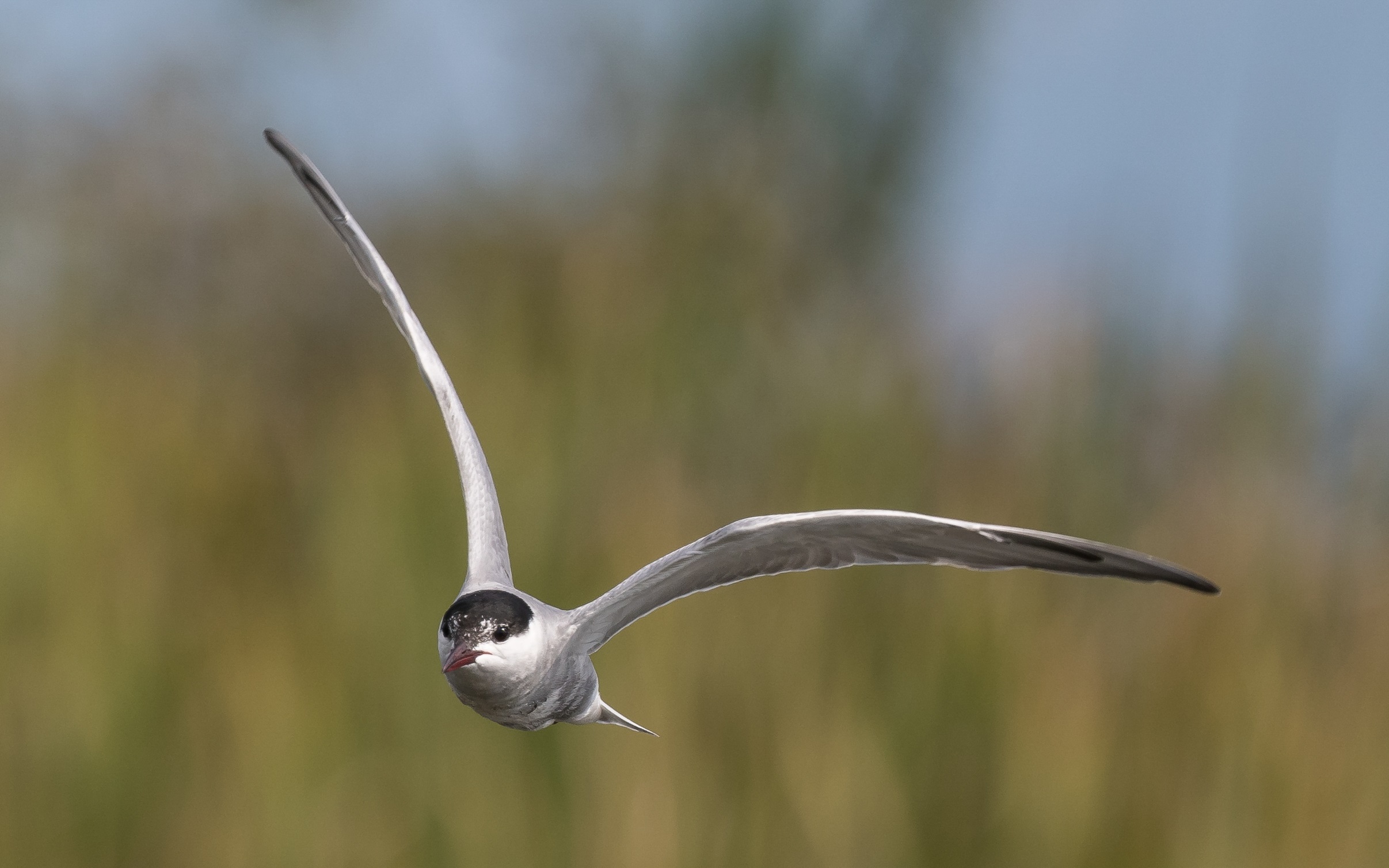
BirdTrack migration blog (27 September)
Be the first to commentAlthough not the hoped / dreamed for mainland record, three Lanceolated Warblers did arrive to the Northern Isles. One was found on Monday 23 September on Fair Isle, Shetland, and the following day there was a record from both Levenwick, Shetland, and North Ronaldsay, Orkney. Also as expected, those winds brought with them the now annual autumn influx of Yellow-browed Warblers, and they arrived en masse.
Recent years have seen a sharp increase in the number of this species, which breeds in Siberian taiga forests and mostly winters in south-east Asia, passing through the UK. Last weekend continued that trend with around 200 birds arriving right the way along the east coast, and also a few records from inland, the south coast and the Isles of Scilly. This included a count of 23 recorded at Flamborough Head, Yorkshire, on Sunday 22 September.
Yellow-browed Warbler have continued to be recorded all through the week, and as birds move down through the country and more arrive, they could turn up anywhere. So if you are not familiar with their loud, high pitched call then it may be worth listening to it, as this is the easiest way to detect their presence when they very actively move through tree canopies and bushes, often accompanying other warblers or Goldcrests.
Other rarities recorded this week included a ‘mega’ in the form of an Eastern Olivaceous Warbler at Flamborough Head on 21–22 September. Another very scarce bird recorded on 21 September was a Pallas’s Grasshopper Warbler or ‘PG Tips’, a rare visitor from Siberia, whose white tips to its tail and inner wing feathers are a key identification feature. Most records of this species are from the Northern Isles, although this bird was found in Tynemouth, Northumberland, and was still being recorded up until 25 September, despite being very sulky and not being seen for hours at a time. Another was also seen at Maywick, Shetland, on 24 September. Other notable records that made it onto BirdTrack lists included a first winter Wilson’s Phalarope at RSPB Old Hall Marshes, Essex, a Whiskered Tern at Lough Beg in Northern Ireland, a Western Bonelli’s Warbler on Sunday 22 September at Dungeness, Kent and a Red-flanked Bluetail at Spurn on Tuesday 24 September. There was also a Lesser Grey Shrike recorded on 22 September at Winterton, Norfolk, and then another recorded the following day at Tollesbury, Essex. Pictures on social media showing that the bird was regrowing some of its tail feathers meant observers could tell it was the same bird that had continued its journey overnight.
Reporting rates of Siskin have started to rise as flocks start to move around in search of their favourite Alder, Larch and Silver Birch seeds to feed on. So if you are enjoying any autumnal walks in the next few weeks, when the weather allows, it is worth listening out for the fireworks like calls from flocks as they pass overhead, or while moving from tree to tree feeding.
Looking ahead
The weekend for a time looks like being cold in most places with northerly winds so it could be worth looking out at the sea. Guillemot and Razorbill autumn reporting rates peak at the end of September as they move away from their breeding areas. Also look out for shearwater species such Sooty and Balearic that may still be passing by. It will also be worth checking the gulls for Sabine’s Gull with its distinctive wing pattern and also for any ‘white-wingers’ that might be early Iceland or Glaucous Gulls, appearing just in time for the autumn key date of the BTO Winter Gull Survey on Sunday 29 September.
We could see large arrivals of wildfowl. Wigeon, Pintail and Teal reporting rates are already up, so more flocks of these species should be arriving to spend the winter in the UK. Flocks of Teal flying over the sea can be quite easy to identify, due to their small size, fast whirring flight and white wing bar along the centre of the upper wing. Wigeon are slightly larger than Teal and their flocks often fly in long lines. They always show a white belly and any males in the flock will show distinctive large white patches on the upper wings.
Another probable arrival that will be seen flying in long lines over the sea will be Brent Goose. This species normally arrives from late September and the northerly winds may see the first big movement of this autumn.
From late Sunday, for the rest of the week it looks like the weather will be dominated by strong low pressure systems coming in from the Atlantic bringing wind and rain, so not particularly promising weather for migration, but seawatching on the south and west coast may be productive. There is also the possibility that some Nearctic species such as Buff-breasted Sandpiper or Long-billed Dowitcher arrive with the storms and we could be dreaming about a fall of American warblers like last September; another Magnolia Warbler or Philadelphia Vireo would excite bird watchers around the country I am sure.
Due to some website developments over the next few months at BTO, sadly this will be the last BirdTrack Migration Blog posted on the website until the new year, but look out for migration updates on the BirdTrack X account, the monthly BirdTrack enewsletter and the BTO social media streams.
I hope you enjoy the rest of this autumn’s migration and that you add some good birds to your BirdTrack lists.
Send us your records with BirdTrack
Help us track the departures and arrivals of migrating birds by submitting your sightings to BirdTrack.
It’s quick and easy, and signing up to BirdTrack also allows you to explore trends, reports and recent records in your area.
Find out more


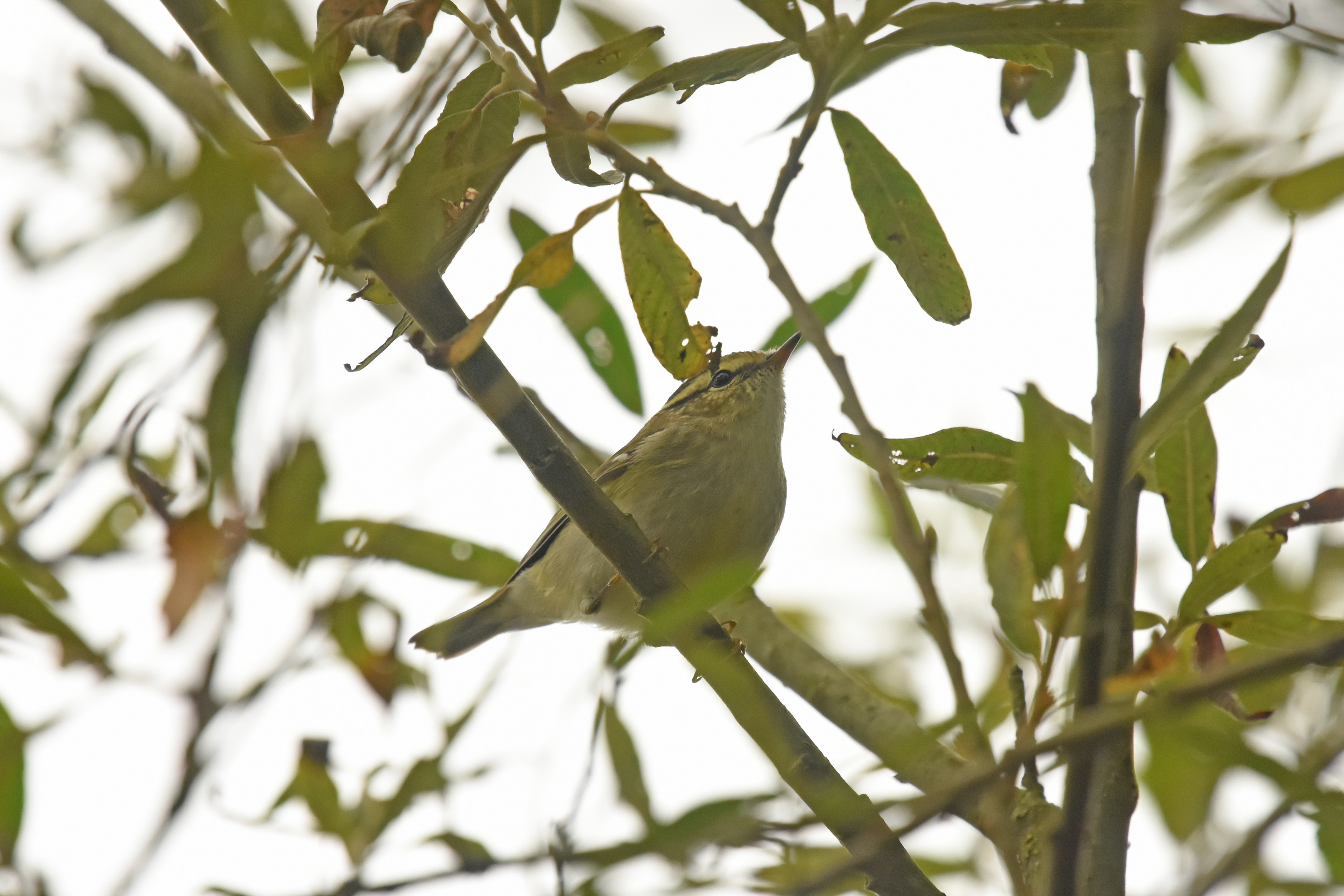

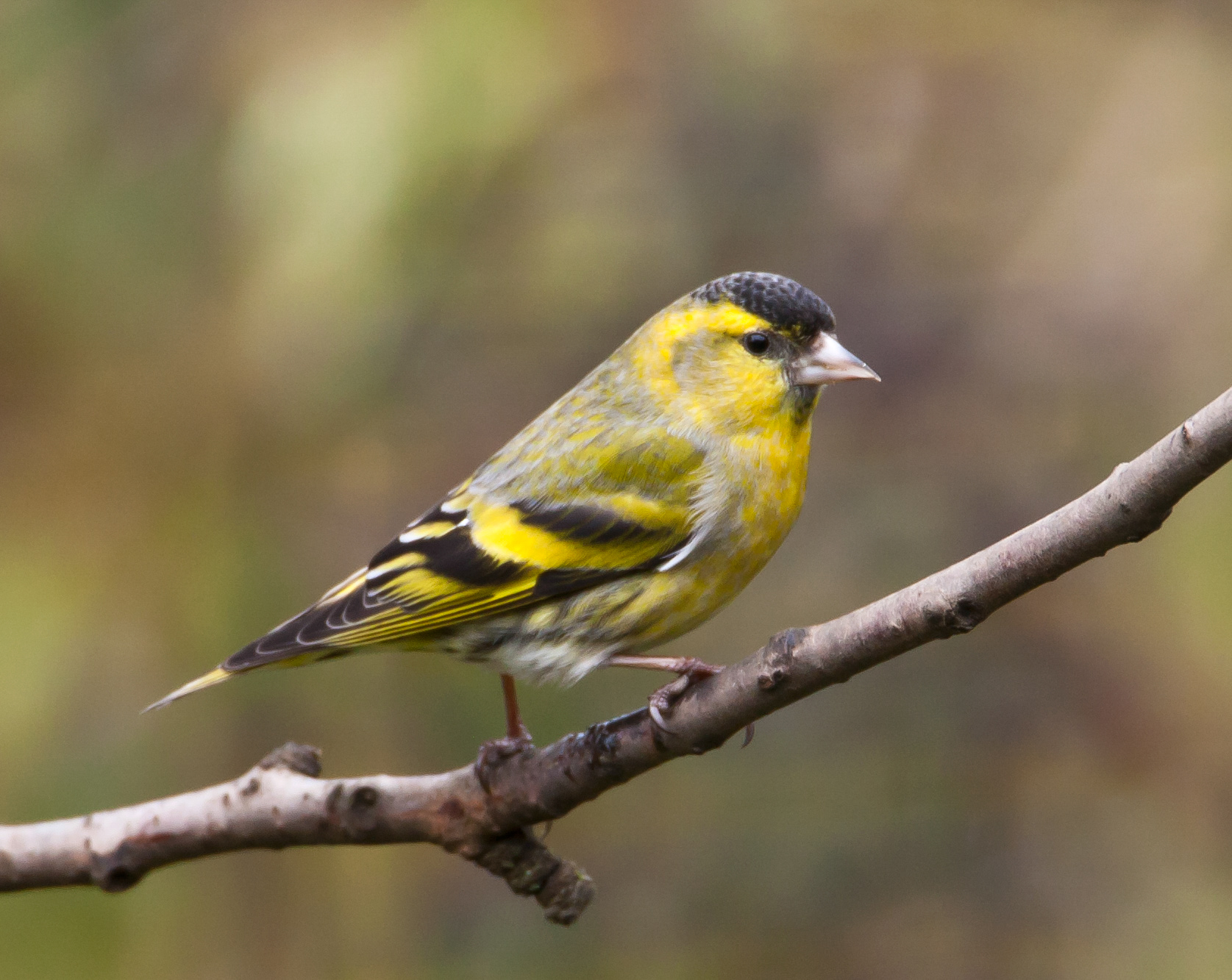
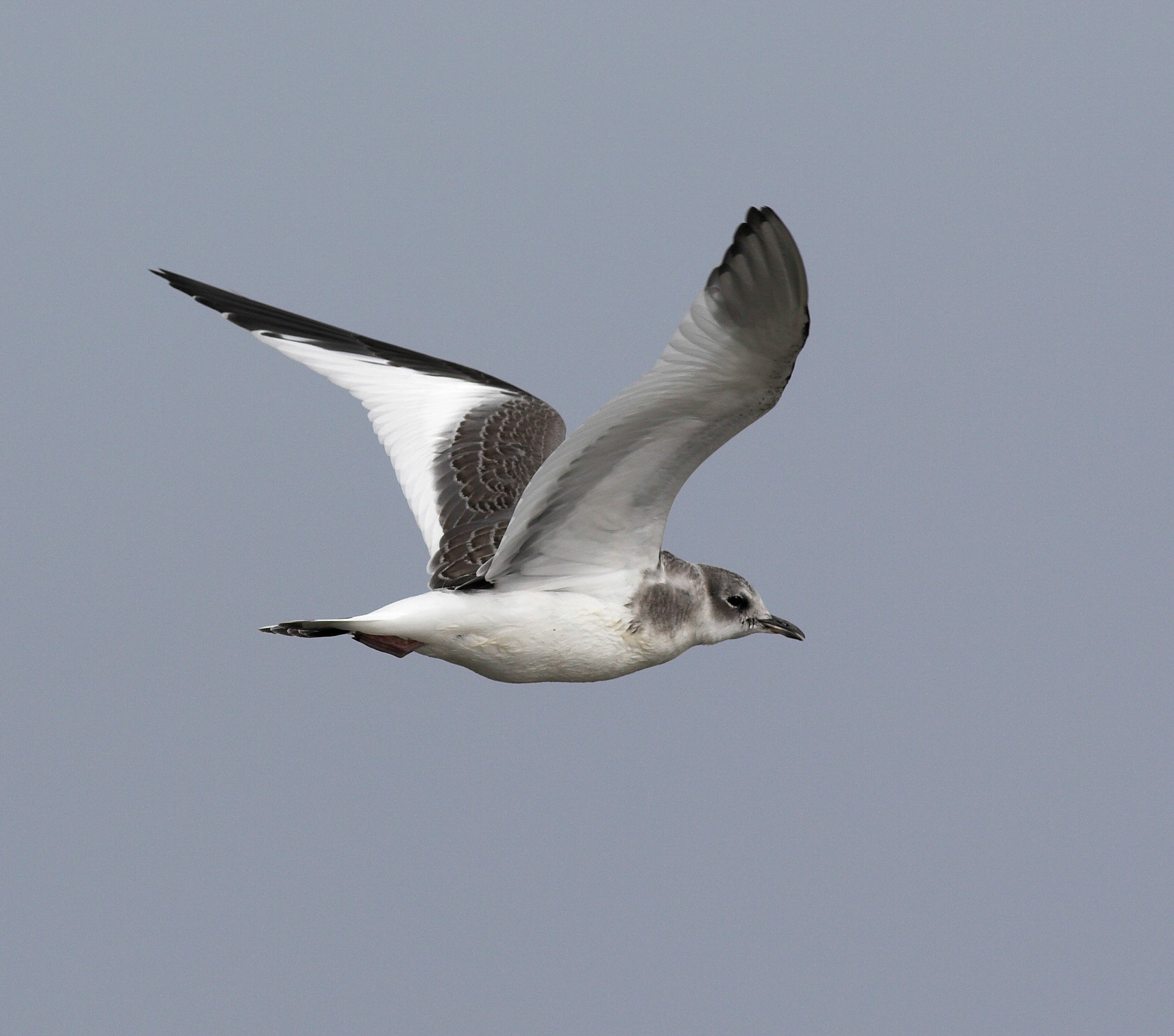
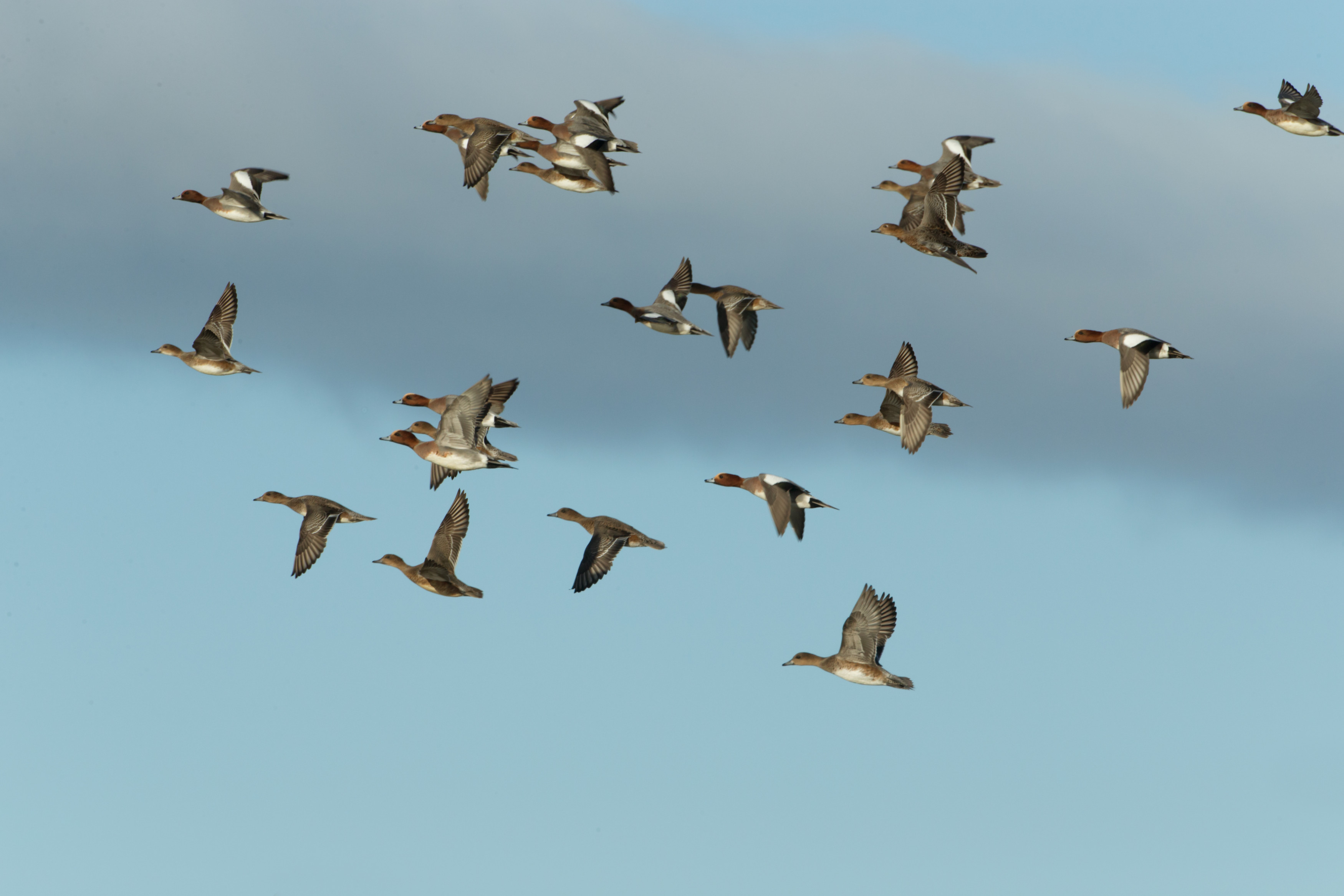


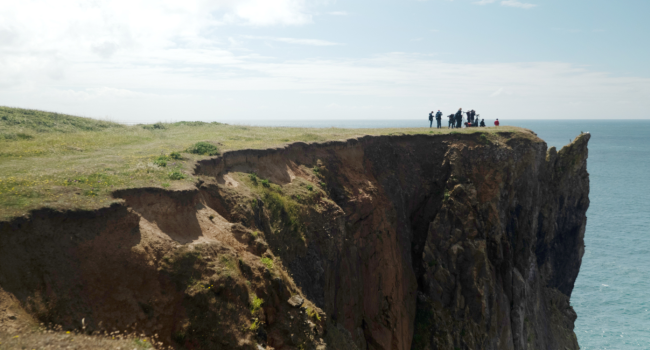


Share this page